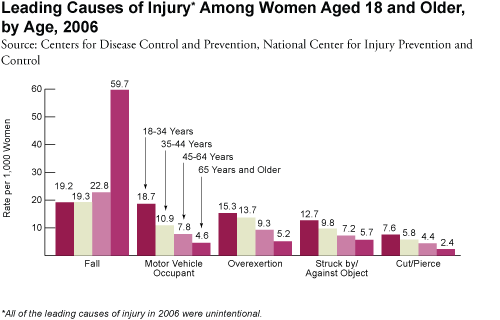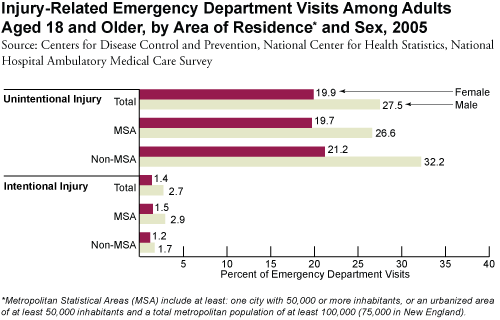My first piece of advice when it comes to marriage is simple.
Don’t. And I do mean never. And, yes, that means you.
I don’t cotton much to psychobabble, so I won’t make a hypocrite of myself by putting you though it. Thankfully, it is not necessary. For it isn’t relationship dynamics that will get you. It’s math. And the numbers are scary.
First, and most of you know this, more than half of all marriages end in divorce, not counting the ones that end in murder, suicide and psychiatric facilities. But that doesn’t mean that only half of marriages are failures. There is a lot of failed marriages that don’t end up as divorces. These are people who stay married and make a hobby of hating each other like Palestinians and Israelis.
And the math on marriage isn’t near as disturbing as the numbers you will be faced with when it‘s over. The equation goes roughly something like this.
1 angry wife + 1 lawyer + 1 family court = 1 impoverished man living in a studio apartment and driving a 1981 Buick Skylark.
Numbers are sometimes ugly, but they don’t lie.
But wait, you say, I can change that equation with a pre-nup!
Yes, you can. Here are the factor weighed results.
1 angry wife + 1 lawyer + 1 family court + 1 prenuptial agreement = 1 impoverished man living in a studio apartment and driving a 1982 Buick Skylark.
Pre-nups take more time to draw up than the courts take tossing them aside.
The fact of the matter is that in modern culture men are better off downing ten shots of tequila and stumbling blindfolded through a mine field. The odds are better.
Think about it for a moment. Marriage is quite literally an investment of not only your heart, but all of your work, income and future income, especially when children are involved. Now, if an investment broker told you he had a deal in which you could invest, with mostly intangible returns, and there was more than a 50% chance that you would be wiped out and spend most of the rest of your life paying the margin call or going to jail, how much would you invest?
Well?
Oh, come on now, you might be saying. It’s not fair to reduce the institution of marriage into a financial equation. Well, yes it is. Believe me, if the woman you marry doesn’t heavily consider your income prior to saying yes, she is the infinitesimal exception. And for those of you who still think it is natural and right for a man to be the breadwinner and the head of the family, please know that would be the same head that gets lobbed off in the family court where more than half of you will end up.
And even if you don’t think, for who knows what reasons, that marriage is about money, you better believe that divorce is. Reducing holy matrimony to assets and liabilities is precisely what family courts are designed to do. And they do it with brutal efficiency. If you walk in to one of those places as a man in western culture, you will find that out in the most sobering ways imaginable.
Your experience there will leave you with a mental block. You won’t even be able to say the words “family court” again, for they will find you, shivering in the corner, mumbling incoherently about“that place.”
A lot of married men already know this. Those are the guys in the other half of the marriage statistics. You know, the group that is “successful?” Plenty of them have consulted lawyers because they wanted to escape insufferably nasty, horrifically high maintenance wives, but the more legal realities they heard, the more those banshees they were married to began to resemble June Cleaver. As soon as they coined the phrase “Take him to the cleaners,” the follow up, “cheaper to keep her,” wasn’t far behind.
Just don’t do it.
Living with a woman may be a better option, but you need to be careful with that one, too. Depending on the laws where you live, you could end up married without knowing it. So gather your facts.
Yes guys, that means go see a lawyer, one that understands men’s legal issues, before you even shack up. Do it the moment she asks if she can leave some clothes in your closet. Better yet, do it now, while you don’t have a girlfriend and can still think from the neck up. Consider the legal consult the investment of a lifetime, because it is.
And having children? Sure. Just be prepared to have every connection to those children severed when it’s over, except, of course, for the financial connection. That will be maintained at gunpoint.
So choose that Skylark carefully. You’ll be driving it for a long time.
I know that some of you are thinking, “Oh, that will never happen to me.” All I can say is that more than half of you are deluding yourselves, and the rest of you have no reliable way to know just how lucky you will be. For those who maintain that adolescent sense of invulnerability, such admonitions will fall on deaf ears. Never underestimate the power of denial.
I also know that some of you, especially some women that are reading this, are saying “Hey, wait! Not all women are like that! They are not all the same!” And you are right. But all family courts are the same. Screwed in L.A. Shafted in New York. Swindled in London. They are all the same.
Just don’t do it.
But, in the rare case you are not going to listen to me and make your own decisions, and you insist on taking that plunge, I have some suggestions on finding a suitable bride that might help with damage control down the road.
First, never finance a relationship. Only date women that pay their own way from the start. Admittedly that reduces your chances of dating, much less marriage, but there is a sound reason for it.
It leaves you with a better, if less common, class of woman. For if a woman feels that she is entitled to ride your wallet though life when she is infatuated with you, when you can do no wrong and are the most amazing man she ever met, just imagine how she will feel about your wallet when she hates the very sight of you and the sound of your voice makes her want to claw her own eyes out.
Watch her behavior and learn from it. How does she act when you disappoint her? What is her reaction to hearing the word “no,” or when you choose your way instead of her way?
If she takes it in stride and moves on, then you might have a keeper, inflection on the word might.
However, if she responds to the fact that you went golfing when she didn’t want you to by cutting you off in the bedroom for a few days, or by telling you how selfish and immature you are for having any interests that don’t revolve around her, what do you imagine she will do when she fully believes that you are the anti-Christ and are responsible for every ill in her miserable life?
And that, gentlemen, is precisely the woman you will face in a divorce. She won’t be rational or reasonable or even principled. She will be, quite literally, your mortal enemy. And she will have the full force of the state on her side.
Make that a 1971 Pinto.
And so there you have it, guys. A brief primer on the potential house of horrors we call marriage. All you need to do to have a fighting chance, though, is find a woman who makes her own money and considers it natural to pay her own way; a woman who understands that no one is the center of the universe and that meeting in the middle is the only sane path to a partnership.
In other words, just don’t do it.
Paul Elam is the editor of A Voice for Men
http://www.avoiceformen.com/index.php?option=com_content&view=article&id=31:men-math-and-marriage&catid=1:articles&Itemid=2








